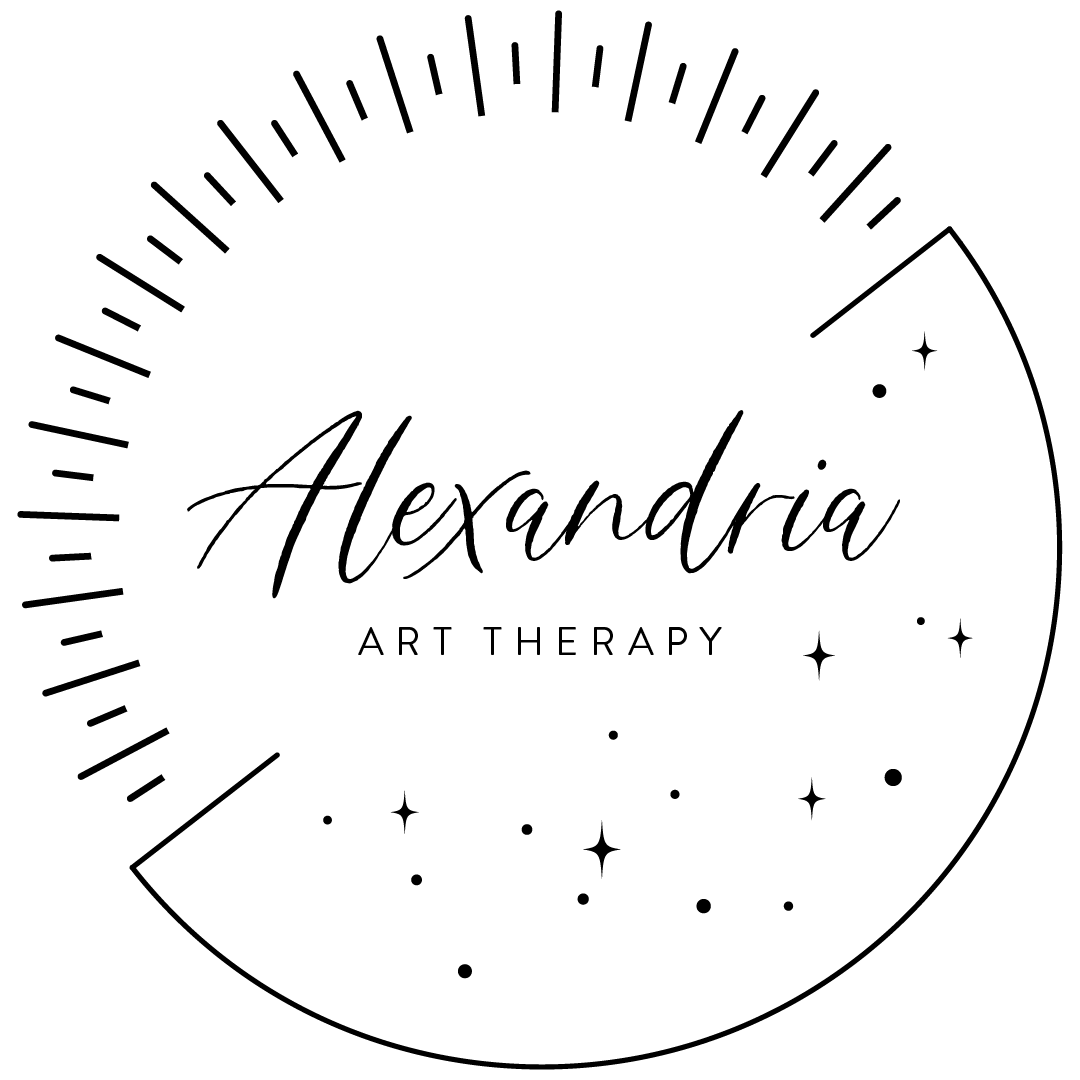Artist Toolbox: Altered Book Edition
Today I share my favorite tools for working in altered books. Most items can be used on a variety of art projects and are helpful additions to your artist toolbox.
Adhesives
Many of these adhesives can be used interchangeably, but also have special qualities that are described below.
I recommend that all altered book artists have a glue stick in their toolbox. My current favorite is the Scotch Permanent Glue Stick. It is small, easy to handle, acid-free and permanent. I've gone through several brands and this is now my go-to. It doesn't come un-glued or have a gooey quality like others. I use glue sticks most often when adding in paper like magazine images and decorative paper.
YES! Paste is magic, seriously. It is an all-purpose, acid-free glue paste that lays flat when dried. I apply this adhesive with a brush or palate knife. Because it is slow-drying, you can move your items until placement is just right. I use YES! Paste to glue pages together and adhere thicker decorative paper onto the book pages.
Another lay-flat adhesive that holds well is PVA (polyvinyl acetate) glue. This glue is typically used for bookbinding, which makes it a wonderful addition to your altered book toolbox. Like YES! Paste, it is acid-free and permanent. A tiny bit goes a long way; so, it's worth every penny. I use PVA glue most often when gluing very thick paper, like watercolor paper, into my book.
A note on tape: I use clear tape when constructing a variety of pages, including a pocket page, and am not tied to a specific brand or type.
Cutting and Trimming Tools
A Craft knife (like X-Acto) can be used instead of scissors to create detailed cuts in paper or with a metal edged ruler to cut straight lines. I've ruined many plastic rulers with craft knifes by slicing off the edges rather than cutting my paper. Lesson learned: I now only buy metal edged rulers.
Do yourself a favor and get a cutting mat as soon as possible. I spent years cutting on top of spare pieces of cardboard or stacks of magazines. I also like to work at my dining room table and a cutting mat keeps the table free of scratches and my magazines in one piece.
I use two types of scissors: short, pointed scissors for detailed cutting and long blade scissors for cutting long straight lines.
Writing and Folding Tools
Doodle on the pages or create black-out poetry with permanent markers. I use a Prismacolor Dual-nib marker for coloring large sections of a page and a Pigma Micron pen for doodling or creating Zentangle drawings.
A bone folder is a tool with many tricks. I use a bone folder most frequently to help create folds and smooth paper after gluing. Use the pointed end to make an indention in the paper and fold along that line. Or, use the long edge to smooth the paper flat and remove any air bubbles. It's an optional item if you're on a budget, but put it on the top of your wish list.
Do you have a use a specific brand or tool that wasn't included? Leave a comment below to share your favorites.
Thank you in advance for using these affiliate links. Please note that I receive a small commission fee for referring you to Amazon. This small fee enables me to continue providing the best services possible by reinvesting the fee towards high quality art materials and new beverages in the waiting room.













